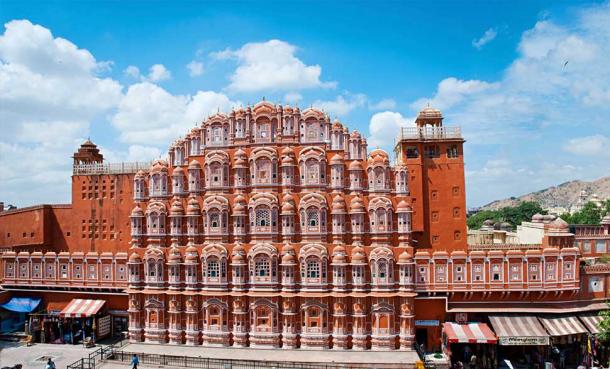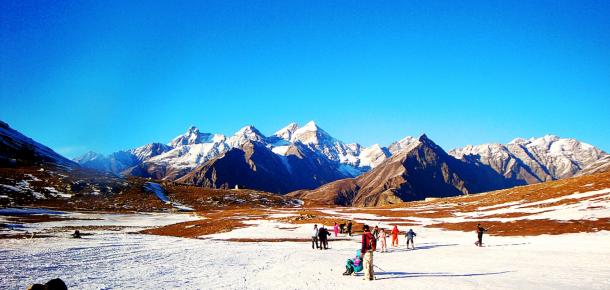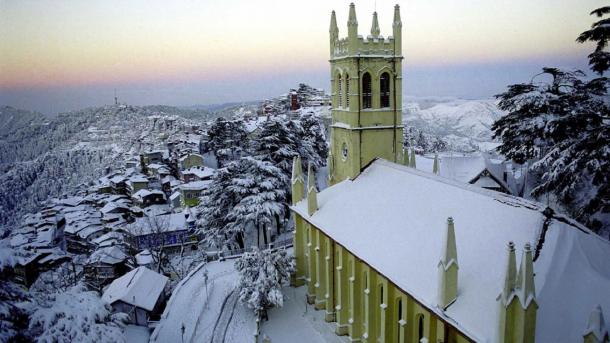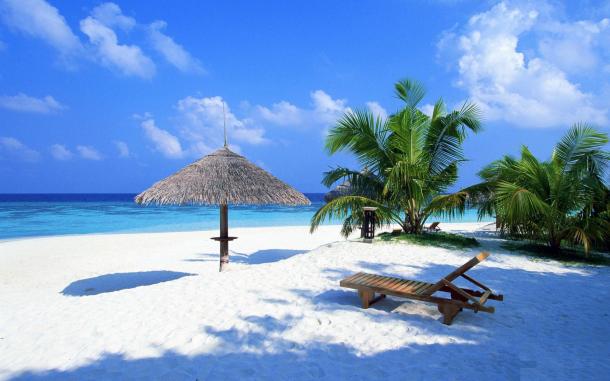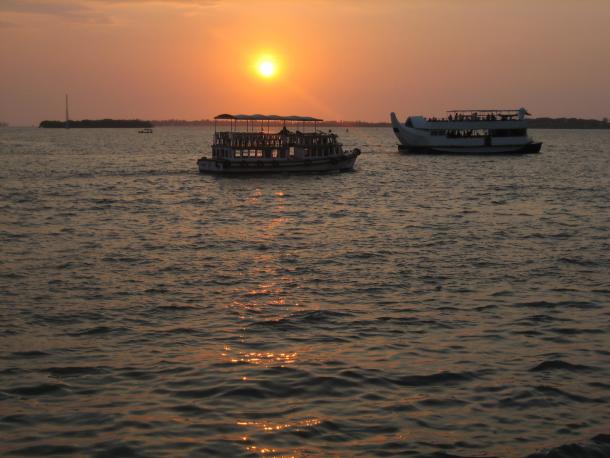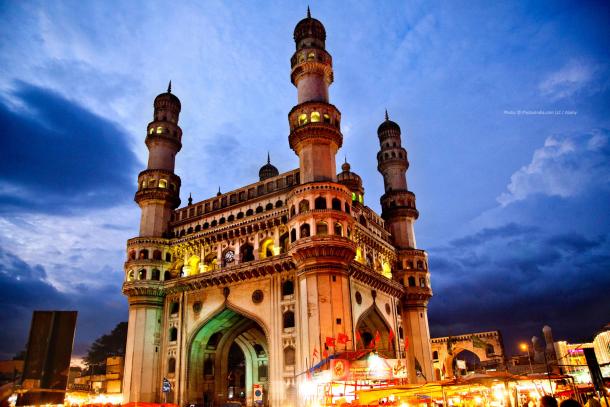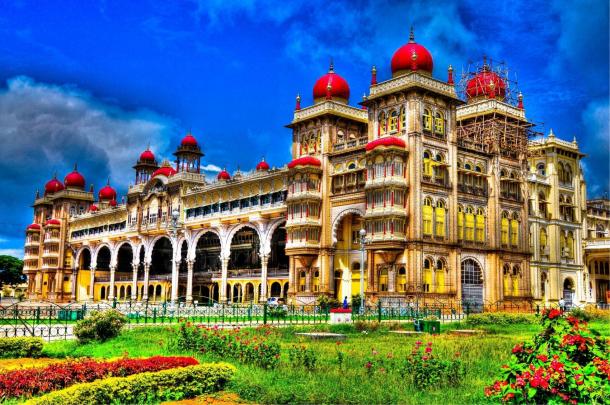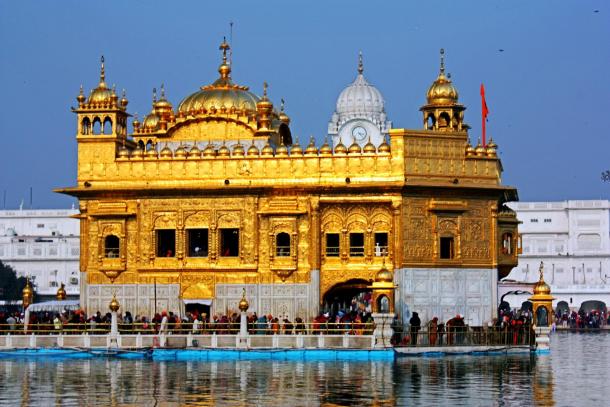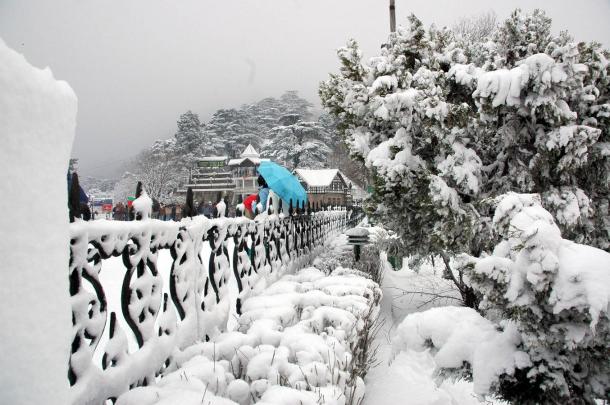NORTH INDIA STUDENT TOUR PACKAGE
In old Delhi, there are attractions like mosques and monuments that represent India's history. The important places in Old Delhi include the majestic Red Fort. New Delhi, on the other hand, is a modern city designed by Edwin Lutyens and Herbert Baker. New Delhi houses many government buildings and embassies, apart from places of historical interest.ShimlaManali is a hill station nestled in the mountains of the Indian state of Himachal Pradesh near the northern end of the Kullu Valley, at an altitude of 2,050 m (6,726 ft) in the Beas River Valley., also known as Simla, is the capital city of the Indian state of Himachal Pradesh, located in northern India. Shimla is bounded by Mandi and Kullu in the north, Kinnaur in the east, the state of Uttarakhand in the south-east, and Solan and Sirmaur.
Highlights

Explore Delhi attractions like mosque & monuments.
Enjoy the weather of Shimla.
Enjoy the views of majestic hills of kullu.
Explore the beauty of Chandigarh city.
Gallery
Itinerary
Shimla, also known as Simla, is the capital city of the Indian state of Himachal Pradesh, located in northern India. Shimla is bounded by Mandi and Kullu in the north, Kinnaur in the east, the state of Uttarakhand in the south-east, and Solan and Sirmaur. In 1864, Shimla was declared as the summer capital of British India, succeeding Murree, northeast of Rawalpindi. After independence, the city became the capital of Punjab and was later named the capital of Himachal Pradesh. It is the principal commercial, cultural and educational centre of the hilly regions of the state. As of 2011, the city had 171,817 residents, and was one of the least populous capital cities in India.
Manali is a hill station nestled in the mountains of the Indian state of Himachal Pradesh near the northern end of the Kullu Valley, at an altitude of 2,050 m (6,726 ft) in the Beas River Valley. It is located in the Kullu district, about 270 km (168 mi) north of the state capital, Shimla. The small town, with a population of 8,096, is the beginning of an ancient trade route to Ladakh and from there over the Karakoram Pass on to Yarkand and Khotan in the Tarim Basin. It is a popular tourist destination and serves as the roadway to other northern hill stations.
Beautiful journey ends.
What's included
Non A/C coach as per tour programe.
Standard accomodation in 04 sharing.
All meals morning tea, breakfast, lunch and dinner (veg).
Tour manager as per demand.
Provide industrial visit as per demand.
All taxes.
RATES EXCLUDES
Air fare / train fare.
Monument entrance fees.
Car for Rohtang Pass sightseeing.
Personal expenses.
Similar Packages
Information
Useful things to know before you go
North India is a loosely defined region consisting of the northern part of India. The dominant geographical features of North India are the Indus-Gangetic Plain and the Himalayas, which demarcate the region from the Tibetan Plateau and Central Asia.North India lies mainly in the north Temperate zone of the earth. Though cool or cold winters, hot summers and moderate monsoons are the general pattern. North India is one of the most climatically diverse regions on Earth. During summer, the temperature often rises above 35 °C across much of the Indo-Gangetic plain, reaching as high as 60 °C in the Thar desert, Rajasthan and up to 49 in Delhi. During winter, the lowest temperature on the plains dips to below 5 °C, and below freezing point in some states. Heavy to moderate snowfall occurs in Himachal Pradesh, J&K and Uttarakhand. Much of north India is notoriously infamous for heavy fog during winters.
